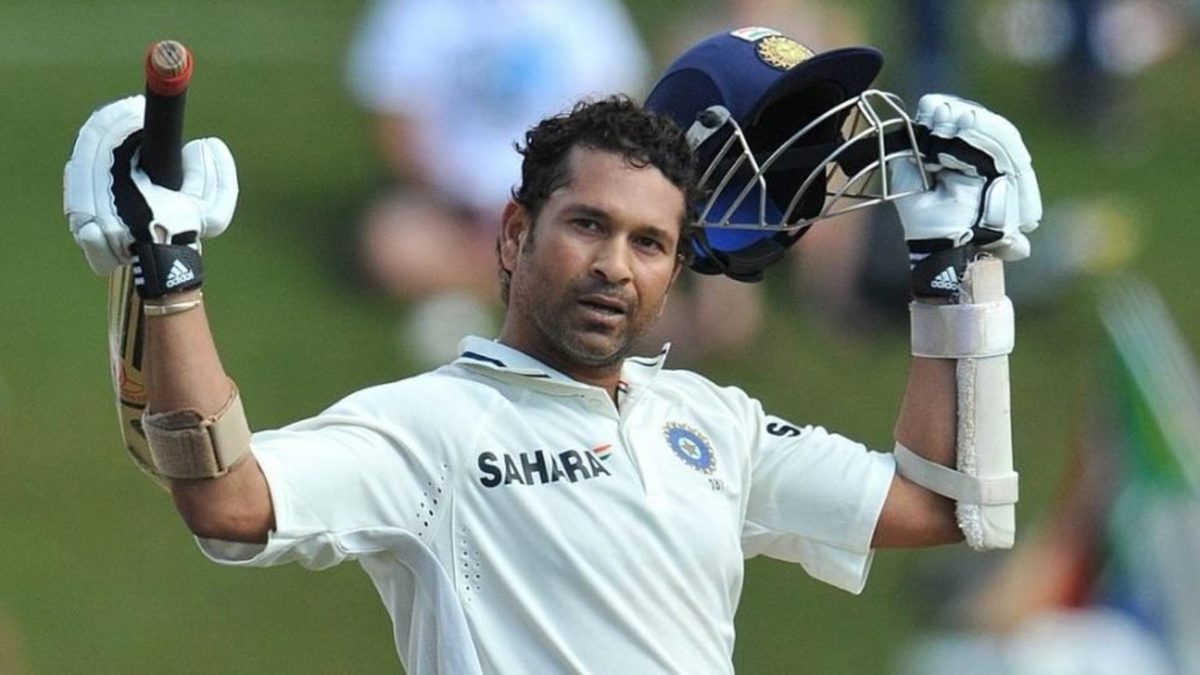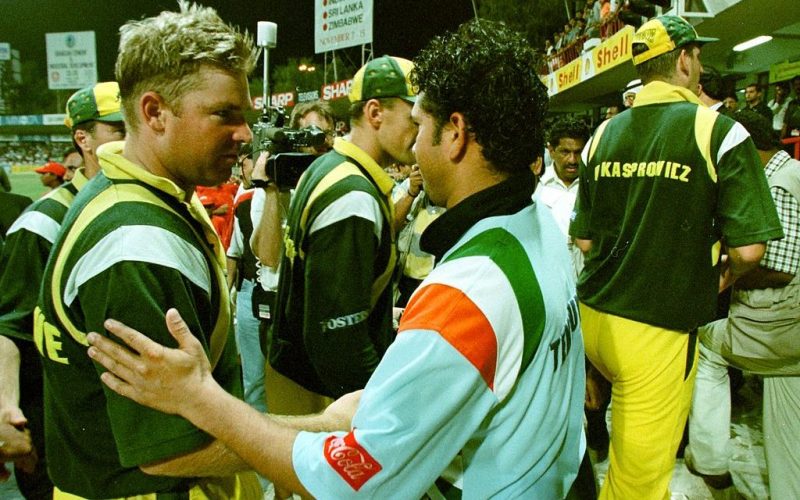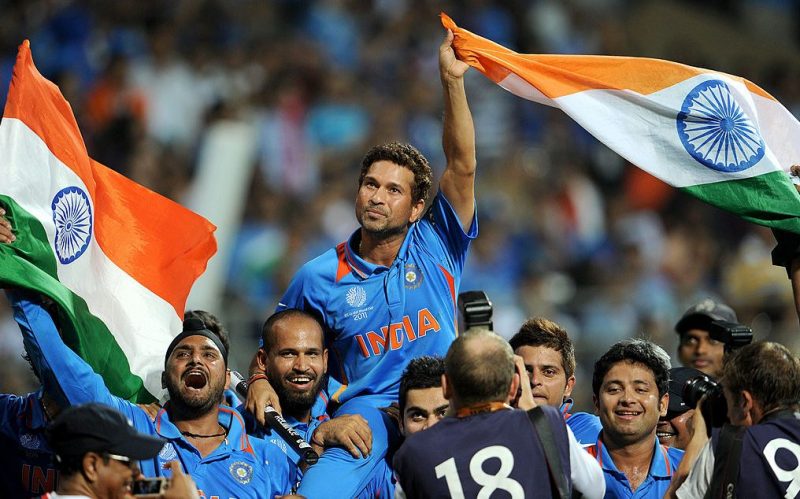
It’s hard to pinpoint when it started. There was no one knock that got me hooked. But inevitably, for an Indian boy growing up in the 1990s, my first memory of cricket, the first instance I felt something for the sport, had to do with Sachin Tendulkar.
Manoj Narayan pens down his memories of Sachin Tendulkar, who for more than a generation stood as an idol for almost every aspiring cricketer across the globe.
Sachin – I’ve never really warmed to referring to him by his surname – made his debut a little over five months after I was born. I have memories of about 19 of the 24 years that he played international cricket for, falling for him in that first decade of his career when he was at his raw best. No worrying injuries, no controversies, just a prodigy holding a nation in a trance.
It’s a story well documented, but when India opened up its economy – I obviously had no clue about it at the time, being all of two years old – in 1991, Sachin became the poster boy of the new India: adventurous and bold, and a sign of hope. A prodigy, taking on the world’s best – and bettering them. The one player the whole team – the whole country, even – relied on. Sachin was everywhere; almost all the billboards, the TV commercials, including the Pepsi ones, with the other big superstar of the age, Shah Rukh Khan. He was Indian cricket’s first megastar. If you grew up in the ’90s, it was inevitable that you would be caught up in all that hope, all that fandom.
Everyone was Sachin in the school playground. His stance in the middle was mimicked wholly, from the tapping of the bat on the pitch, to the adjusting of the crotch guard. There were the cool older kids, who would sneak in radios and listen to match commentary during lunch breaks, and hanging around with them meant you were cool too.
There were also the silly rumours. Once, someone spread it around that Sachin had died after being hit on the head by a yorker. It was years later I realised that you couldn’t possibly get hit on the head from a yorker, but there was a rush to get back home and watch the news – for once – that day.
The knocks that truly got me focused on the cricket, more than the hype, would be ‘Desert Storm’. It was 1998, around the time my first solid memories of cricket were being formed. Sachin scored two centuries within three days against Australia to win India the Coca-Cola Cup. Watching with a cricket-mad uncle on a visit to the hometown, I was hooked.
 Tendulkar is congratulated by Shane Warne for his match-winning hundred in the 1998 Coca-Cola cup final in Sharjah
Tendulkar is congratulated by Shane Warne for his match-winning hundred in the 1998 Coca-Cola cup final in Sharjah
There’s not much to remember from the match-fixing saga in 2000 – only a feeling of relief that Sachin wasn’t involved. There was the heartache of the 2003 World Cup, and the moment when Sachin fell two short of a century against Pakistan after a battle for the ages with Shoaib Akhtar.
As the 2000s went on, the fascination dimmed a bit. India had more heroes, and Sachin himself seemed more mortal after sustaining the tennis elbow injury that led to the prospect of a premature retirement. Even after he recovered and Sachin was playing his best ever cricket – in the late 2000s – that childlike fascination was never as strong as before. Perhaps it had to do with being a contrarian teenager, or simply having too many interests to keep up with.
 Tendulkar is carried by his teammates after India’s 2011 World Cup triumph in Mumbai
Tendulkar is carried by his teammates after India’s 2011 World Cup triumph in Mumbai
And then, 2011 brought it all back. There was a huge emotional release when India won that World Cup, and a large reason for that was the country feeling indebted to Sachin – there were a few tears shed when Sachin was paraded on the shoulders of the team around the Wankhede. The next couple of years weren’t pretty – Tendulkar was very obviously going for the 100th international century, the form had deserted him, critics called for his retirement, and eventually, in 2013, it came.
I was in my second year at Wisden India by this point. On shift during his final Test, I was in an empty office – it was a Saturday – smashing away at the keyboard, when the realisation dawned that it was an end of the era. The laptop was put aside, the volume on the telly was increased, and that monumental speech, and all those emotions, were soaked in.
They say you care less once the childhood heroes retire. They’re right.








